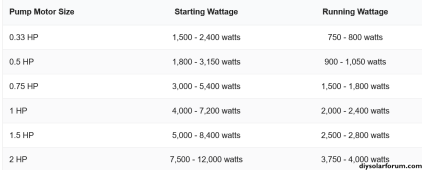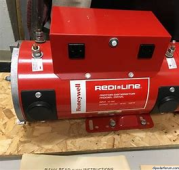HighTechLab
AKA Dexter - CTO of Current Connected, LLC
- Joined
- Sep 23, 2019
- Messages
- 1,761
Multiplus-2 5kva: 15w measured and LFSo another user reported their ACTUAL 5kva Victron Quattro idle consumption of 55w
That is a 120v 4k LF inverter with toroidal transformer
@HighTechLab mentioned a high sigineer idle consumption but I contend with the following:
To achieve the equivalent 12k inverter capacity, one would need 3 of the 5kva Quattro (ignoring the 3 phase instead of split phase issue).
3x55w=165w
What am I missing? That’s also excluding MPPT which is separate.
To be clear. I’m not contending that the sigineer/Growatt are nearly as efficient, robust, or reliable as the Victron.
But if the biggest qualm is idle consumption.
And 12k and LF, it sounds like it’s part of the territory
If you can handle the higher idle, by all means go for it. But it wasn’t good for our situation on my parents property. Just my experience with Sigineer, and there are videos of it on my HighTechLab YT channel






